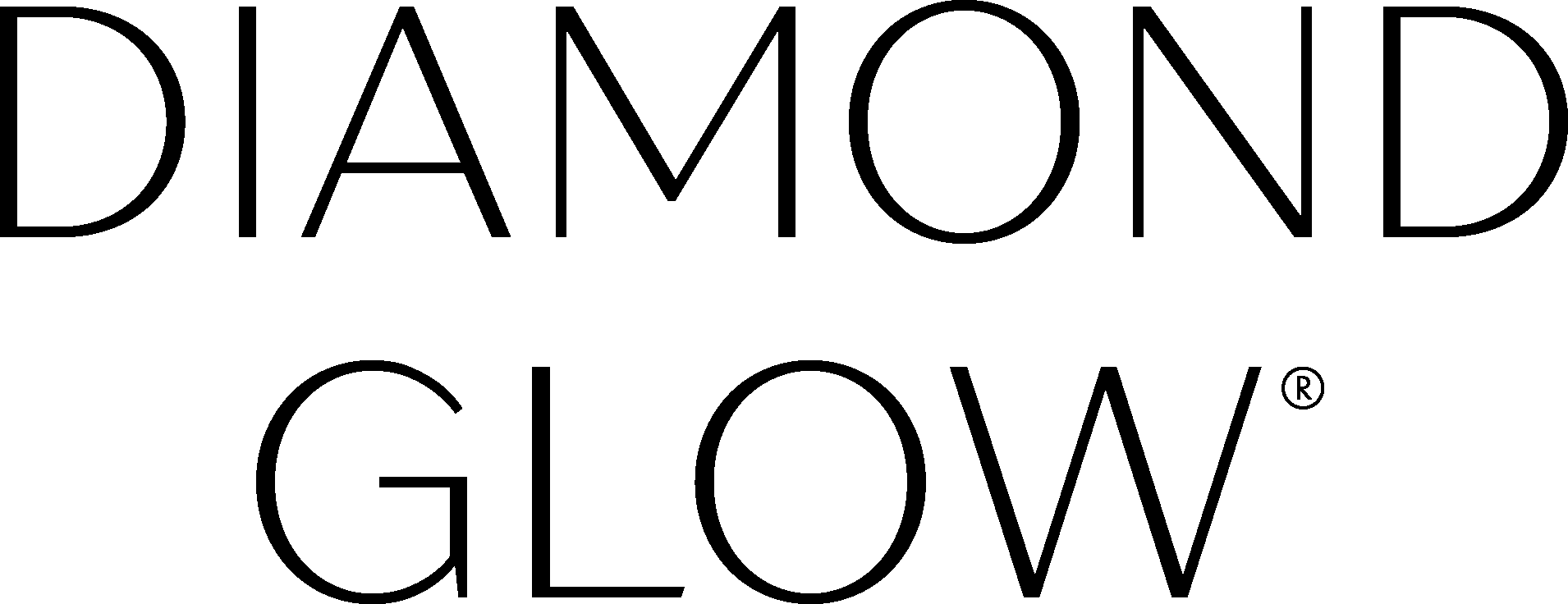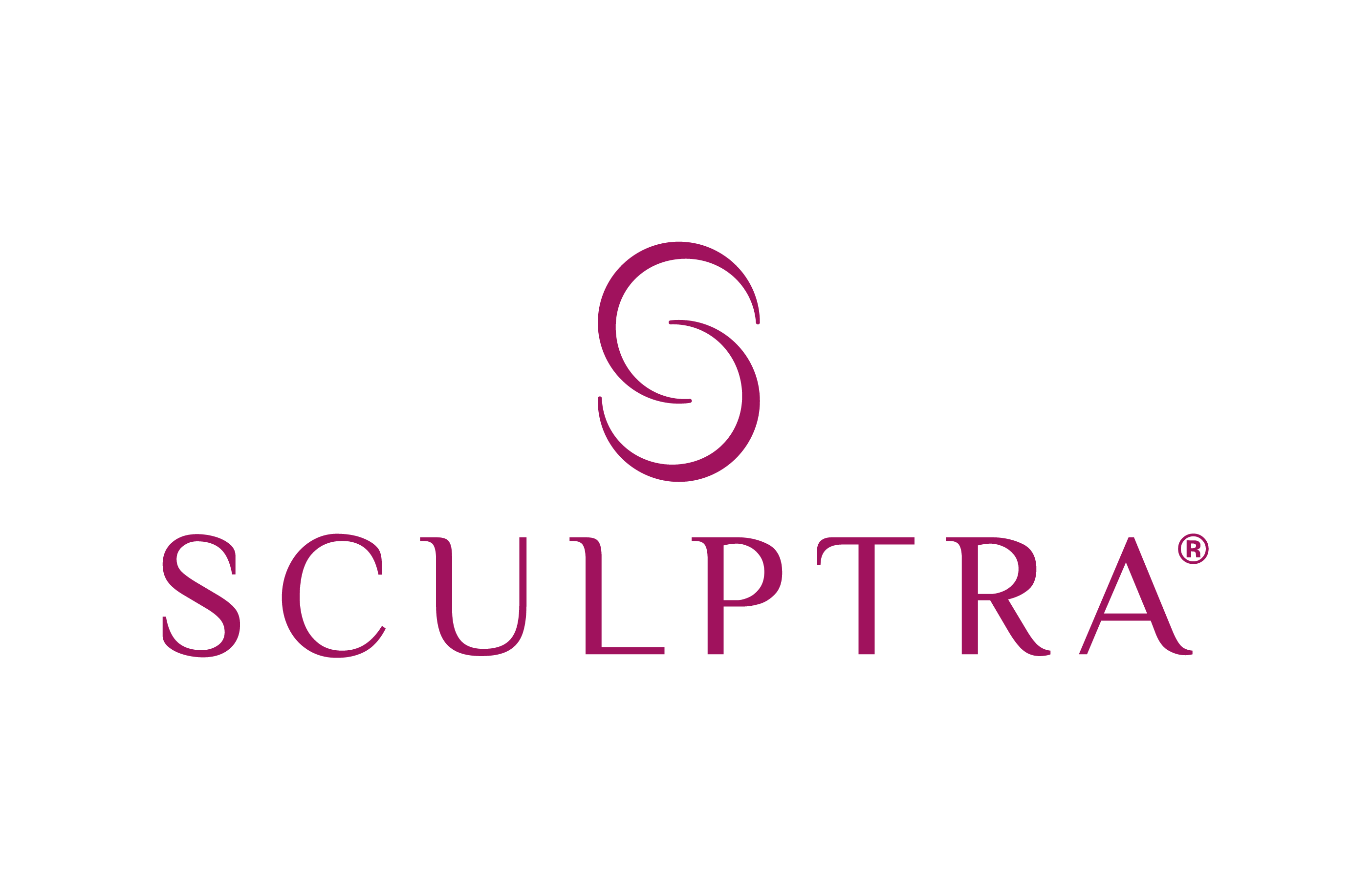Hey, how’s your skin today? If your answer is anything less than “I’m in love with how it looks and feels right now,” you’re going to love what we have for you today. And no, it isn’t another recommendation for a new facial or injectables (this time, anyway); instead, it’s something you can do all on your own, right at home.
What is this magic fix, you might ask? It’s what you eat – and more importantly, whether or not it nourishes and nurtures your body. It turns out eating right just might be one of the best “skin care solutions” available to you…but there’s a few nuances you need to be aware of along the way.
Ready? Grab some water and let’s dive in.
YOU’VE GOT GUTS – HERE’S WHY THAT MATTERS
No, we aren’t talking about your steely resolve, your resistance to fear, or your ability to tolerate spiders and snakes! We’re talking about your actual guts – your stomach and the entirety of your intestinal tract (yes, all the way to your anus).
Your gastrointestinal tract may be on the inside, but how it functions impacts virtually every single part of your body. If it doesn’t function adequately, either because you have a G.I. issue or because you eat an unhealthy diet, you don’t absorb the proper amount of critical nutrients. The cells in your body continue to function, but because they’re missing essential nutrients, they’re forced to work harder just to exist and survive.
Think about the last time you skipped breakfast and lunch (tsk, tsk). By suppertime, you were probably feeling pretty sluggish, tired, and worn-down, right? The same thing happens to your body when you don’t absorb the right nutrition. Virtually every process in your body begins to slow down or become less effective, all the way from your ability to filter out toxins to your skin’s ability to regenerate and hydrate.
Sensible, right? But it’s actually way more complicated…
THE GUT’S NATURAL GARDEN
Inside your gastrointestinal tract lie trillions of tiny beneficial and harmful bacteria. You may have heard of some of the more beneficial varieties in passing, such as Bacillus spp, Bifidobacterium spp, and Lactobacillus spp – they’re commonly present in cultured yogurt and kefir products. Beneficial bacteria are responsible for breaking down food and producing vitamin K, folate and short-chain fatty acids.
Others, such as campylobacter, enterococcus, and Clostridium spp, are considered “bad” because they’re associated with infection. They don’t really do much for digestion; they’re just sort of a natural side effect of the fact that our food comes from the outside world.
In a healthy individual, good and bad bacteria are always present, but balance each other to prevent excessive overgrowth that leads to uncomfortable symptoms and illness. When something happens to upset your gut’s natural garden of good and bad bacteria, those “bad boys” see it as an opportunity to multiply and override the good bacteria present in your gut. That’s when you begin to develop uncomfortable symptoms and a lack of ability to digest what you eat.
WHAT CAUSES DYSBIOSIS?
Dysbiosis is the official-sounding term for unbalanced gut bacteria. We know through research that many things can upset the gut biome:
- Antibiotics
- Drinking too little water
- Eating too many sugary, high-fat foods
- Drinking a lot of alcohol
- Inflammation (due to illness or poor diet)
- Too little fiber in your diet
- Food sensitivities/allergies
Eating a diet that lacks foods containing prebiotics (precursors for healthy gut bacteria) can also cause dysbiosis. So can smoking, not getting enough exercise, and not getting enough sleep because they all put stress on your gut.
When dysbiosis happens, you can develop a few different problems. First, as we mentioned, you lose the ability to digest effectively, which makes the rest of your body less effective at functioning, too. But stomach pain, cramping, diarrhea, constipation, bloating, and just feeling “generally unwell” are also common.
HOW DYSBIOSIS AFFECTS YOUR SKIN
So, what’s the skin connection? This study found a direct link between dysbiosis and several skin conditions, including acne vulgaris, atopic dermatitis, and even psoriasis. It’s a bit complicated, but essentially, failing to digest the right nutrients impairs your body’s natural immune system, and your immune system is exactly what modulates skin turnover rates, cellular regeneration, and even oil and hydration levels.
This study found that rats who were given certain probiotic supplements enjoyed healthier, shinier fur. They also demonstrated thicker, more resilient skin and fewer episodes of dryness, flaking, and inflammation.
Researchers went on to test this theory in a small subset of volunteers who were given Lactobacillus paracasei NCC2461 supplements for a period of two months. Nearly all of the volunteers who took the supplements reported decreased skin sensitivity, improved skin tone, and improved skin elasticity, too.
What does all of this tell us? Essentially, if you want to heal your skin and protect it from signs of aging, you need to heal your gut, first. And in order to do that, you need to eat a diet that supports a healthy gut biome in the first place.
EATING RIGHT TO KEEP YOUR GUT HEALTHY AND YOUR SKIN MAY FOLLOW
So let’s get down to what matters most: what should you know about eating right to support a healthier gut biome?
First, know this: everyone’s personal biome is unique. Unless you have a specific diagnosed condition that necessitates a specific diet (such as Crohn’s or IBD), you may need to tweak the suggestions on this list until you find your best fit.
There are six essential strategies for eating right for better gut health. Aside from avoiding things like NSAIDs, antibiotics (when you can, of course…sometimes they’re necessary) and alcohol, you should also:
- Go plant-based. Way too many of us have turned into full-time carnivores, and meat can be hard to digest. Add more plant-based foods, like green, leafy vegetables, root vegetables, and fruits into your diet. Aim for color and variety over sticking with a single type of food.
- Add more fibre. Fibre is bulk-forming, and without it, your body can have a difficult time clearing out your intestines. The longer old feces hands around, the more harmful bacteria are produced. Adding foods like nuts, berries, and whole grains helps to slough off the intestines for a clearer G.I. tract.
- Skip the fast food. Not only is it usually full of sugar and saturated fat, but it also contains a long list of problem ingredients that feed bad bacteria. Once in a while is okay – but not every day.
- Add more probiotics. Kefir, kombucha, and probiotic yogurt may help to support a healthy gut bacteria biome. However, the research is still inconclusive. Eat them if you enjoy them in moderation.
- Ditch corn and peanut oil for olive oil. Extra-virgin olive oil is rich in polyphenols, which directly contribute to beneficial bacteria in the gut. Use them in place of less healthy oils whenever you can.
- Add medium-chain triglycerides. These “healthy fats” come from avocado, coconut oil, and palm kernel oil. Unlike other fats, they’re easy to digest and packed with essential fatty acids – which also support a healthy gut.
- Drink more water. Hydration might seem super simple, but it’s incredibly important to both your gut and your skin. WIthout it, you can’t digest effectively and your skin can become dry, flaky, or even oily, too.
Have questions about a skin problem you’re struggling with? Head to your nearest medspa for a full consultation. From head to toe, great health should always include focusing on how you feel and how you look.









